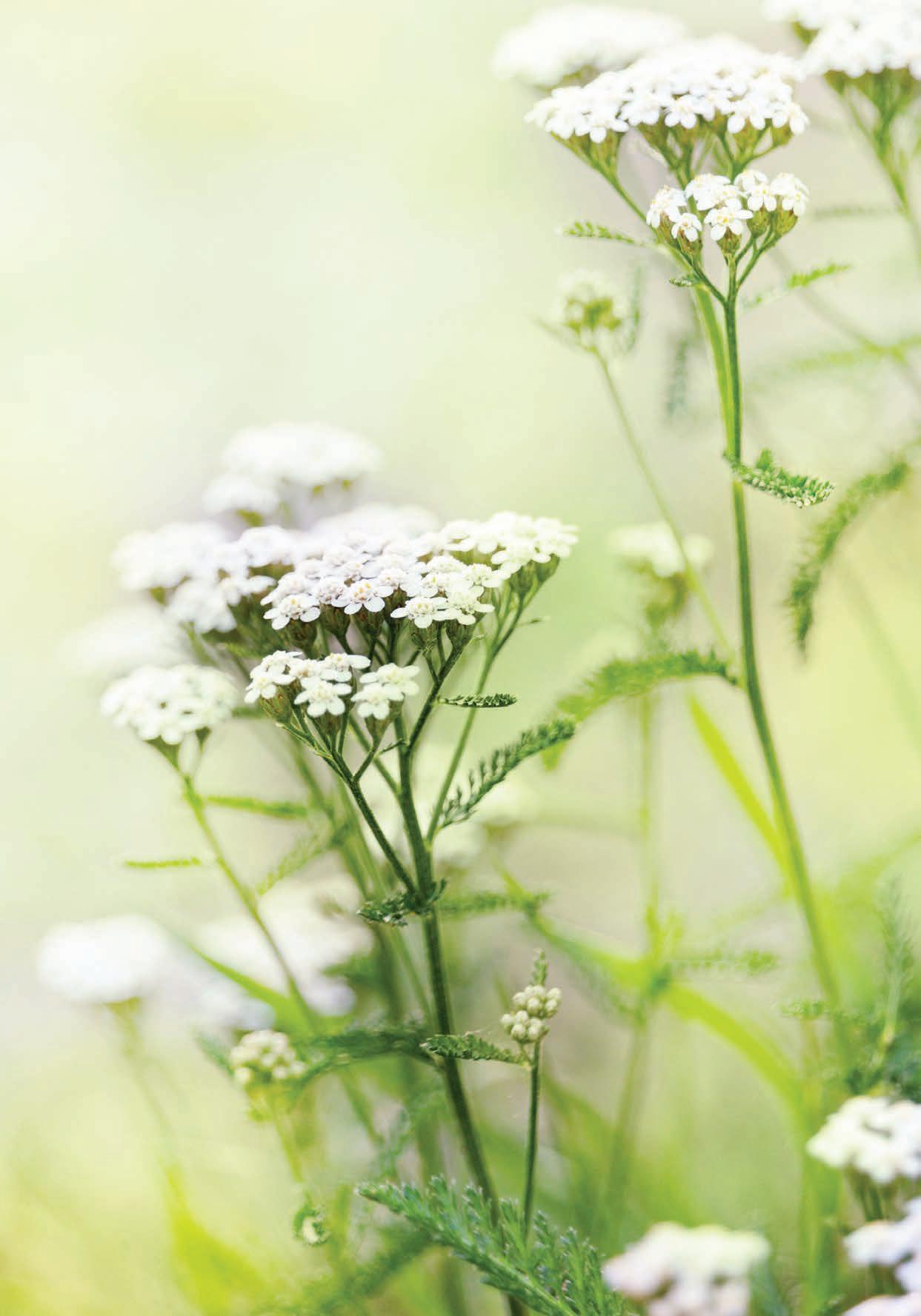Get Relief From Joint Pain Diseases of the muscular system are beginning to ail more and more people;
even statistics show that they are one of the most frequent causes of disability. What can we do for our joints to overturn this negative trend?
T
he human body moves by means of joints. Altogether, we have over a hundred joints that enable bodily motion. Movement is joy, but it also exposes joints to friction and wear and as such it is important to nourish them specifically. Joints are made of cartilage, but also of subchondral bone, bones of balls and sockets, the joint capsule, tendons and the synovial membrane. And all this is made of collagen, thanks to which our bodies are not liquid, despite being 70% water. CARTILAGE ON STAGE Cartilage is primarily made up of collagen and enables fluid motion of the joint. It forms the area where friction takes place between the different parts of joint bones. To limit the amount of friction, the joint contains syno-
vial fluid, which is pushed out of the cartilage surface during motion, lubricating the area. Another important function of the cartilage is protecting the joint bone from exertion and impacts, serving as a suppressor. It has to resist a lot of force as running and jumping creates pressure of hundreds of kilograms per square centimeter. Repeated impacts result in microfissures of the cartilage which can lead to its becoming damaged. It progressively loses its strength and flexibility and what follows is its defibering, destruction, thinning and complete dissolution. Serious cartilage injury brings about joint tenderness and osteoarthritis, which is the result of cartilage regeneration failure. In order for it to retain the fluid which nourishes and regenerates it, it requires a strong and undamaged arching collagen structure.
125



















